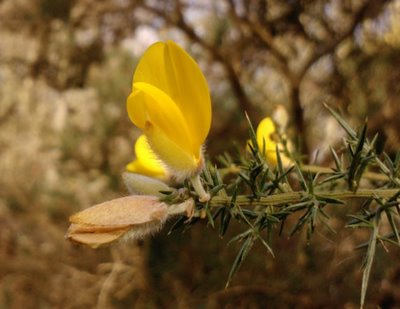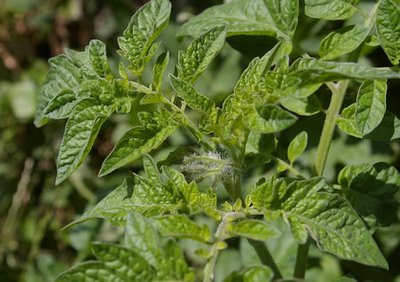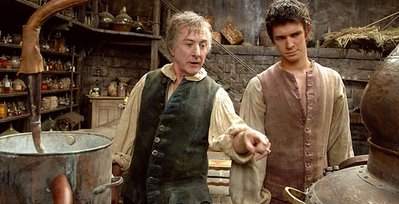Amazing flavour symposium
On Thursday night I took part in a remarkable symposium on Flavour Extraction. It's the first of a series of events, escalating in scale and scope, that look to explore flavour from a multidisciplinary perspective.
These events come under the banner of London Gastronomy Seminars, convened by a group of four: Francis Percival (food writer), Bronwen Percival (Neals Yard cheese buyer), Dr Rachel Edwards-Stuart (who has a PhD in molecular gastronomy) and James Hoffmann (Square Mile Coffee).
They state:
We live in an age where the great communicator of French bourgeois cooking to post-war America only tops the best-sellers list after her story is reinvented as a heart-warming relfection on marriage and destiny. Coverage of food too often sacrifices an understanding of the food itself - what makes it good, and why - to an ecstatic testimonial focused on an imagined foodie lifestyle: all fluff and no substance.
Thursday's seminar was, for me, a stimulating evening of rich fare. Tony Coigliaro kicked off with a short presentation on his work creating novel drinks. He owns the bar at 69 Colebrooke Row, and illustrated his talk with a cocktail creation in which the eggs used in it had been kept in boxes infused with a straw-like essence (hexenol). He had been using egg whites in sours to bind flavours together, but ran into the problem of wet dog nose; this was solved by using essences such as the hexenol used here in the egg box.
I gave a talk on wine flavour extraction, and illustrated it with two wines from Les Caves de Pyrene, with a very different flavour profile (Romaneaux-Destezet Syrah 2007 and Minervois Les Aspres 2004). This prompted a fairly lengthy discussion on flavour perception.
James Hoffmann (Square Mile Coffee, and his blog) gave a brilliant presentation on some of the issues concerning coffee flavour extraction. There are three steps to great coffee. (1) Creation: 'everything good about coffee is how it is grown'. (2) Preservation: how much quality can be kept through the stages of processing, transport and roasting? (3) Extraction. There's a brewing control chart created by Dr Robert Lockhart in the 1960s, which plots strength against extraction. While strength, the ratio of solubles to solvent, is a matter of personal preference, extraction only works between 18 and 22%. We tried two coffees that were the same strength, but had different levels of extraction. The 19% extraction tasted much, much better than the 14.5% extraction, which tasted weaker, less complete and more bitter.
Finally, John Forbes from RC Treatt gave an absorbing talk on the manufacture of natural flavourants. His company produces 150 essential oils and 1500 flavour chemicals. These chemicals are used by the food industry, perfumiers and even the pharmaceutical industry. It was a window into a fascinating world of flavour extraction and aroma capture, and John illustrated the talk with a range of different aromas.
The next event will be on 30 November, and it's a public lecture on flavour extraction, to be held at the University of London's Senate House.



 The web log of wine journalist Jamie Goode. Feel free to nose around; your comments are welcome
The web log of wine journalist Jamie Goode. Feel free to nose around; your comments are welcome 
